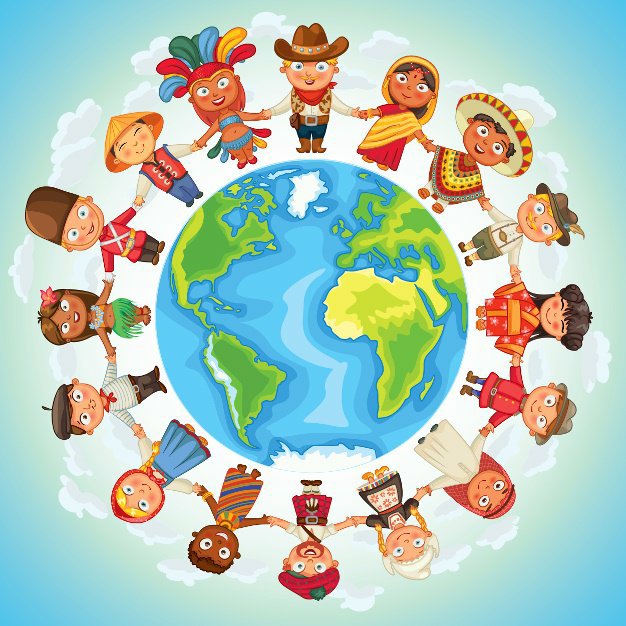
Almost everything we do, say and think is controlled by our brain, thus also having the potential of impacting the healthy functioning of individuals. However, any form of malfunctioning or injury in this central part of human body can impact every aspect of one’s life. A brain disorder occurs when there is a damage or disruption to the brain, either genetically or due to any form of illness or traumatic injury. Brain injuries can include blood clots and strokes; brain tumors or seizures; neurodegenerative diseases including Alzheimer, Parkinson’s, Dementia; and other conditions such as autism, schizophrenia and even depression can occur due to biological dysfunctionality in the brain.
The outlook for people with brain disorders depends on the type and severity of the brain disorder. The effects of a brain disorder may range from physical impact in the form of paralysis, seizures, epilepsy, chronic pain and movement difficulties to cognitive and behavioral effects including memory problems, poor concentration, anger issues, irritability, lack of initiative or motivation and poor social skills. Some conditions can be treated with medication and therapy. Other disorders, like neurodegenerative diseases and some traumatic brain injuries, involve extreme difficulties in cure and treatment. People with these conditions often face permanent changes in their behavior, mental abilities, or coordination. In extreme cases, surgery may be the last resort left and these can be highly risky, invasive and anxiety-provoking. In these cases, treatment will try to help one manage their illness and retain as much independence as possible.
Thus the role of love and care provided by one’s social support system can be extremely significant and a curative factor. The brain conditions can be so debilitating that the person may become dependent on the caregivers for institutional as well as emotional support.
Mental illness often has a ‘ripple effect’ on families, creating tension, uncertainty, troubled emotions and big changes in how people live their lives. Different family members are likely to be affected in different ways. These effects on the family are sometimes not acknowledged by health professionals. Families or caregivers may take on the role of providing day-to-day care. This often happens with little training or support, or acknowledgment of their own needs and mental health. When families are accepted as partners in care and do receive training and support, this may lead to better outcomes for everyone involved. They should be treated as ‘partners in care’. They need information about the illness and treatment provided, and about training and support to help themselves as well as the person who is ill.
Families and caregivers should develop a practical and positive attitude, right from the start. They should be helped in learning to develop a sense of balance between coming to terms with the condition their loved one is facing, acknowledging the effects of the illness on the person and hopes for recovery, showing care and love, wanting to do things to help the person and encouraging them to be independent, giving the person enough time while at the same time giving time to oneself and other family members. If there is an emergency situation where family support alone would not work, consulting health professionals should be the most appropriate action. Gathering as much information about the illness, the treatments available and other resources, along with keeping handy the crisis numbers are some of the essentials.
Following are some of the resources available in India for seeking help for own or someone’s else mental health condition:
-
Vandrevala Foundation- Nationwide helpline (24×7) contact 1800 2333 330, 1860 2662 345; contact the team through email: help@vandrevalafoundation.com
-
Banyan Mental Health NGO- iCall Psychosocial Phone/E-mail Helpline (8am-10pm; Mon-Sat): +91 (22) 25521111
Email: icall@tiss.edu
______________________________________________________________________________
REFERENCES:
Brain Disorders: Causes, Symptoms, and Diagnosis. (n.d.). Retrieved from https://www.healthline.com/health/brain-disorders#types
Families, friends & carers. (n.d.). Retrieved from https://www.sane.org/information-stories/facts-and-guides/292-families-friends-carers
Synapse – reconnecting lives. (n.d.). Retrieved from https://synapse.org.au/information-services/introduction-to-brain-disorders.aspx
Image Source: https://unsplash.com/photos/GM5Yn5XRVqA













